Interview with Rafael Lozano-Hemmer
"Studying technology means studying ourselves"
September 2019. Reading time: 6 minutes
For Rafael Lozano-Hemmer, the relationship between art and technology in the 21st century is nothing unusual. His works, which border on theatrical and performance art and make use of projections, sensors and communication networks, deal with this dichotomy and appeal directly to the observer in search of the answer to the question: How much does technology tell us about ourselves?
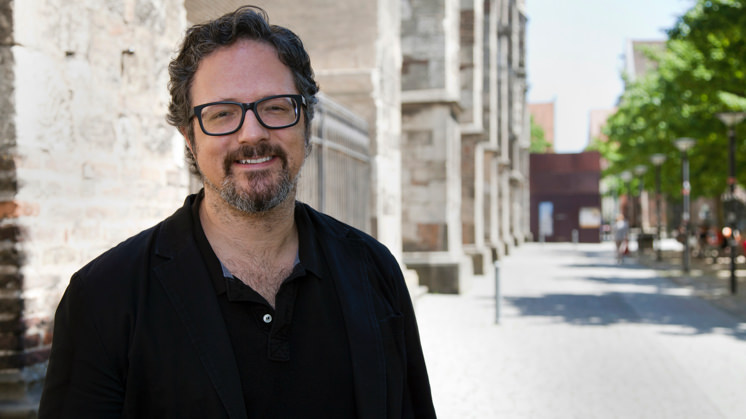
The artist Rafael Lozano-Hemmer (Mexico City, 1967), whose work Recurrent Anaximander is a new addition to the Iberdrola collection External link, opens in new window., reflects in this interview on the impact of technology in today's society and, consequently, on art, which for him represents a tool to denounce its abuses, subvert some of its uses from a poetical perspective, and amplify critical voices.
External link, opens in new window., reflects in this interview on the impact of technology in today's society and, consequently, on art, which for him represents a tool to denounce its abuses, subvert some of its uses from a poetical perspective, and amplify critical voices.
Art and science may seem like contradictory disciplines, but they are the foundation of your work. At what point do art and science converge?
In the passion for the unknown, in the desire to experience and discover new things, in the production of systems of meaning.
Technology is omnipresent in our society. Although you have always said you don't intend to moralise about this in your work, do you find it worrying?
I worry about abuse of technology, particularly when it is used for military purposes, civil control and unbridled consumption.
Gathering personal data, algorithms that predict behaviour, mobile devices that share locations... Are we living in a free society or one with shades of Orwell?
The Orwellian infrastructure is already in place, but it has yet to be used with all its might. We are already witnessing potential dystopian events, such as drone bombing attacks in Yemen and interference in the US elections. But we still have critical voices that have not been silenced that we can rely on.
"The Orwellian infrastructure is already in place, but has yet to be used at its full potential"
Where does art fit into the modern world we are describing? Are you bringing it back to the cutting edge by combining it with technology?
Not at all. I don't see working with as original or advanced. To the contrary, it is inevitable. Art can serve to amplify the critical voices I mentioned in my previous answer. Art also allows us to divert the warlike or consumer-focused uses for which certain technologies were designed by creating new absurd, critical, poetic and connective uses.
Technology is painted as cold, but you have used it in several of your works to emphasise little gestures that make us human; for example, the heartbeats in Almacén de corazonadas—. How do you see the relationship between humanity and technology?
They are inseparable. McLuhan referred to technology as a second skin. I believe that when we study technology, we are studying ourselves.
In the past you have said that your works are incomplete and that they are completed by public interaction. What is your intention when you involve spectators in your works and establish this dialogue? Don't you worry about relinquishing the final part of the process to the audience?
I want to create platforms for public self-representation. I want people to be an integral part of my work to mix different realities. Delegating part of the artistic process is nothing new: Marcel Duchamp said that it was the view that made the painting.
"I don't see working with technology as original or advanced, but rather as something inevitable"
Let's go back to the beginning to get to know you a little better. How does a graduate in physical chemistry end up being an artist?
Because I hung around with the wrong crowd at university! All my friends were musicians, choreographers, writers and artists...
You spent some time working in the performing arts. How much importance do you attach to staging when creating your pieces? Is it particularly important when combining the large public spaces that you use with the intimate nature of your pieces?
I believe my work is closer to the performing arts or performance than to the plastic arts, since there is always an "event" factor that happens in creating an immersion... staging is a great metaphor for the art of installation.
Why are you known as the megalodemocratic artist? Could you explain this concept?
The name comes from a Le Monde critique of my exhibition in Paris and refers to my obsessive desire to include people in works of art. It was a pejorative and well-deserved observation, because I agree that we can fall into the trap of artwork as a selfie.
Iberdrola has an extensive collection and promotes art through several initiatives. Are large corporations the patrons of the 21st century? To what extent is their contribution important?
Corporate collections and initiatives to support art can be crucial, especially if they are run properly and support bold creators.
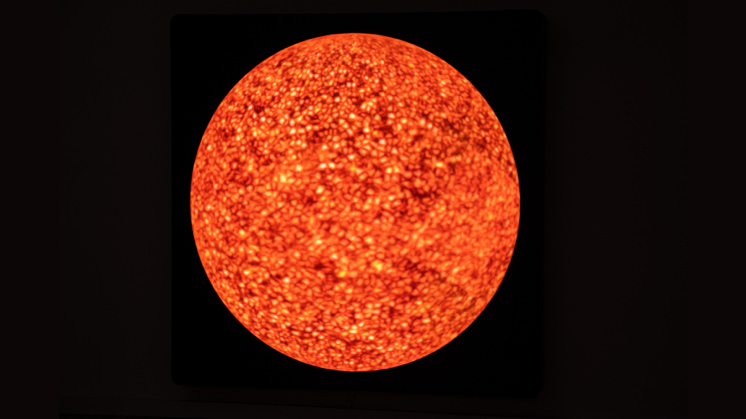
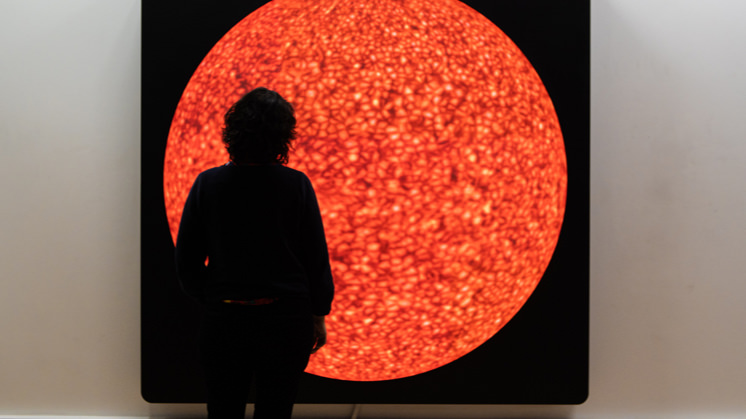
One of your works has been acquired by Iberdrola collection. Would you mind telling us about it?
It is called Recurrent Anaximander and is a 2x2metre circular screen that shows the turbulent activity on the sun's surface. Every day, the piece connects to the NASA's Solar Dynamics Observatory (SDO) servers and uses the most recent images of the sun's, which are mixed with mathematical generative algorithms such as reaction-diffusion, Navier-Stokes and Voronoi. You never get the same image twice. Sometimes you can also see eclipses of small planets going around the sun. The piece is inspired by pre-Socratic philosopher Anaximander of Miletus who suggested that the stars and planets were not in a celestial vault, rather in a continuous space surrounding the Earth, which inspired the correct description of the mechanism of eclipses.
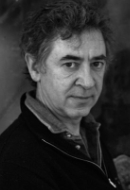
Darío Urzay
"Art will always be there because we artists can always create".
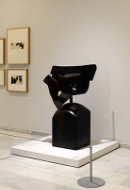
Javier González de Durana
"Oteiza and Chillida were two titans of art".
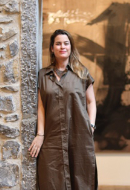
Mireia Massagué
"Only Tàpies could be the first artist to engage in a dialogue with Chillida's work in the Zabalaga farmhouse".
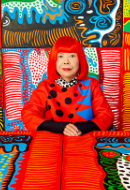
Lucía Agirre
"Through art, Yayoi Kusama has sought her own healing and that of all humanity".




